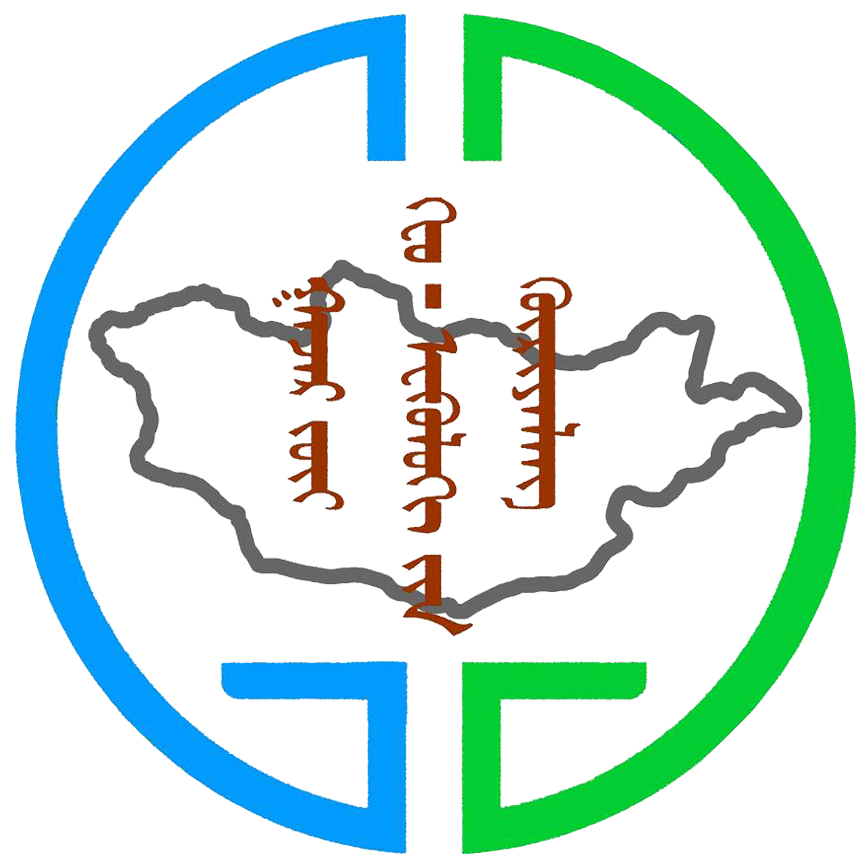This study was conducted in Elsen tasarkhai, an arid region inMongolia, to investigate the physiological response
of Populus sibirica to different irrigation regimes and to suggest optimal irrigation intervals for successful
reforestation in Mongolia. Two-year-old P. sibirica seedlings were planted, and three different irrigation regimes
(well-watered (WW), irrigation every 2 days; moderate drought (MD), irrigation every 5 days; severe drought
(SD), irrigation every 7 days)were applied. Although the survival rate was unaffected by the appliedwater deficit
intensity, the relative growth rate was significantly reduced in SD in accordance with a decline in carbon assimilation.
Although the total chlorophyll content also decreased as the water deficit increased, the chlorophyll b
(Chl b) and total carotenoid (Car T) levels increased to dissipate the excess energy. Increased quantum efficiencies
in the SD conditionwere caused by the enlargement of the reaction center (RC) antenne, indicating increased
of excess energy dissipation. Therefore, P. sibirica showed resistance to a certain degree of water deficit intensity
(MD and SD). The irrigation regime of SD appeared to be adequate for P. sibirica based on survival rate and
physiological traits. These results might enlighten the development of effective irrigation systems in arid area.
